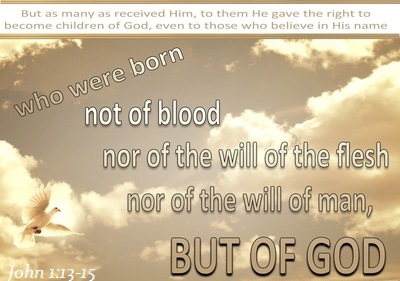Yes symbolic, not literal blood. Literal blood must be poured out at the foot of the altar. It is shown in various parables. Symbolically spiritual life was given in jeopardy of ones own spirit life using literal blood as a symbol .. the literal blood returns to the dust from where it was formed of.
Corrupted blood is used a metaphor to represent unseen life of the Spirit. .
The life of the flesh is
in the blood but that life is unseen, spiritual. . not
of the literal blood..
Blood is not the
life.
Spirit is.
Leviticus 17:14 For it is the life of all flesh; the blood of it is for the life thereof: therefore I said unto the children of Israel, Ye shall eat the blood of no manner of flesh: for the life of all flesh is the blood thereof: whosoever eateth it shall be cut off.
Deuteronomy 12:23 Only be sure that thou eat not the blood: for the blood is the life; and thou mayest not eat the life with the flesh.

just one thing, because it is useless to try and make sense out of most of the above post
you state that life is not in the blood
the Bible does not agree with you..the rest of the post is information from
Got Questions
Blood is viewed as a symbol of life throughout the Bible (see
Leviticus 17:11). The Bible’s first mention of the word
blood is found in
Genesis 4:10 where God asks the murderer Cain, “What have you done? Listen! Your brother’s blood cries out to me from the ground.” The shedding of blood represents the loss of life. In the New Testament, the “blood of Christ” is a common figure of speech for the “death of Christ” (
Ephesians 2:13;
1 Peter 1:19).
Another reason for God’s command not to eat bloody meat undoubtedly concerned the sacrifices. Blood was the only atonement for sin (
2 Chronicles 29:24;
Hebrews 9:22); therefore, blood was seen as a sacred thing. God wanted to ensure that the blood of the sacrifices was always considered precious. To preserve the people’s appreciation of the sacrifices, God could not allow blood to become a common food.
The phrase “blood of Christ” is used several times in the New Testament and is the expression of the sacrificial death and full atoning work of Jesus on our behalf. References to the Savior’s blood include the reality that He literally bled on the cross, but more significantly that He bled and died for sinners. The blood of Christ has the power to atone for an infinite number of sins committed by an infinite number of people throughout the ages, and all whose faith rests in that blood will be saved.
The reality of the blood of Christ as the means of atonement for sin has its origin in the Mosaic Law. Once a year, the priest was to make an offering of the blood of animals on the altar of the temple for the sins of the people. “In fact, the law requires that nearly everything be cleansed with blood, and without the shedding of blood there is no forgiveness” (
Hebrews 9:22). But this was a blood offering that was limited in its effectiveness, which is why it had to be offered again and again. This was a foreshadowing of the “once for all” sacrifice which Jesus offered on the cross (
Hebrews 7:27). Once that sacrifice was made, there was no longer a need for the blood of bulls and goats.
The blood of Christ is the basis of the New Covenant. On the night before He went to the cross, Jesus offered the cup of wine to His disciples and said, "This cup is the new covenant in my blood, which is poured out for you” (
Luke 22:20). The pouring of the wine in the cup symbolized the blood of Christ which would be poured out for all who would ever believe in Him. When He shed His blood on the cross, He did away with the Old Covenant requirement for the continual sacrifices of animals. Their blood was not sufficient to cover the sins of the people, except on a temporary basis, because sin against a holy and infinite God requires a holy and infinite sacrifice. “But those sacrifices are an annual reminder of sins, because it is impossible for the blood of bulls and goats to take away sins” (
Hebrews 10:3). While the blood of bulls and goats were a “reminder” of sin, “the precious blood of Christ, a lamb without blemish or defect” (
1 Peter 1:19) paid in full the debt of sin we owe to God, and we need no further sacrifices for sin. Jesus said, “It is finished” as He was dying, and He meant just that—the entire work of redemption was completed forever, “having obtained eternal redemption” for us (
Hebrews 9:12).
Not only does the blood of Christ redeem believers from sin and eternal punishment, but “His blood will make our consciences pure from useless acts so we may serve the living God” (
Hebrews 9:14 NCV). This means that not only are we now free from having to offer sacrifices which are “useless” to obtain salvation, but we are free from having to rely on worthless and unproductive works of the flesh to please God. Because the blood of Christ has redeemed us, we are now new creations in Christ (
2 Corinthians 5:17), and by His blood we are freed from sin to serve the living God, to glorify Him, and to enjoy Him forever.


